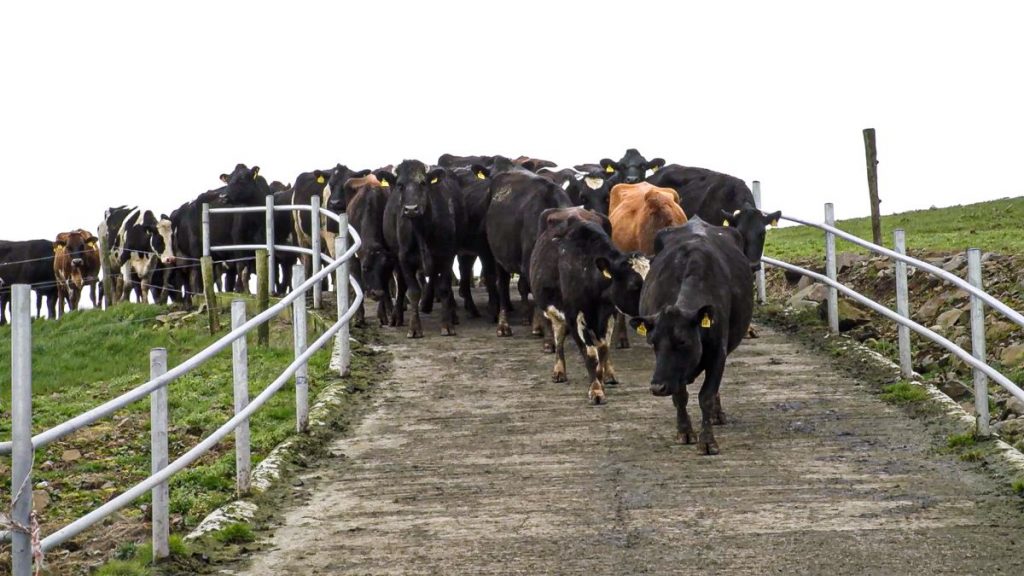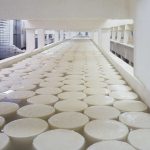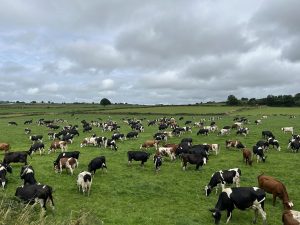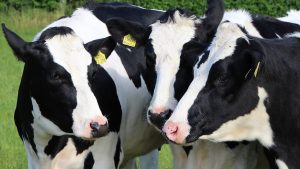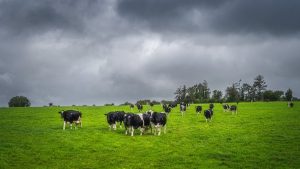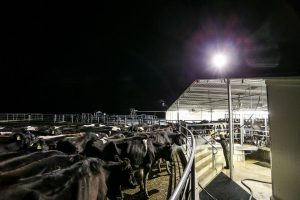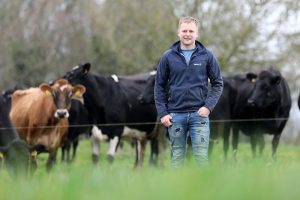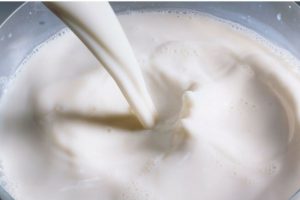
Dairy farmers are facing into a year where their farms are potentially going to be impacted by a number of policy changes.
These include banding coming into effect, antibiotic regulations and the new Common Agricultural Policy (CAP).
These changes will have impacts within the farmgate, but, for the most, part farmers will have little influence on them.
So, dairy farmers should focus things they can control within the farmgate – such as decreasing lameness cases in the herd.
Lameness
Issues with lameness are ongoing in many herds, with a number of potential issues causing the cases.
Before any issues with lameness can be resolved, the main cause of the case must be determined.
Is it an infectious form of lameness like mortellaro? Or something else, like white line disease, bruises or ulcers?
Once the main cause of the case has been identified you can then begin to develop a way to prevent more from occurring in the herd.
Locomotion scoring
A useful tool to help identify cases in herd earlier is locomotion scoring, which assesses the movement of the cow to determine if there is a mobility or lameness issue.
Locomotion scoring is a five-point system (below) based on both gait and posture:
1-Normal: The cow is not lame; the back is flat;
2-Mildly lame: The back is slightly arched when walking;
3-Moderately lame: The back is arched when both standing and walking. The cow walks with short strides in one or more legs;
4-Lame: The lame cow can still bear some weight on the affected foot;
5-Severely lame: The back is arched; the cow refuses to bear weight on the affected foot and remains recumbent.
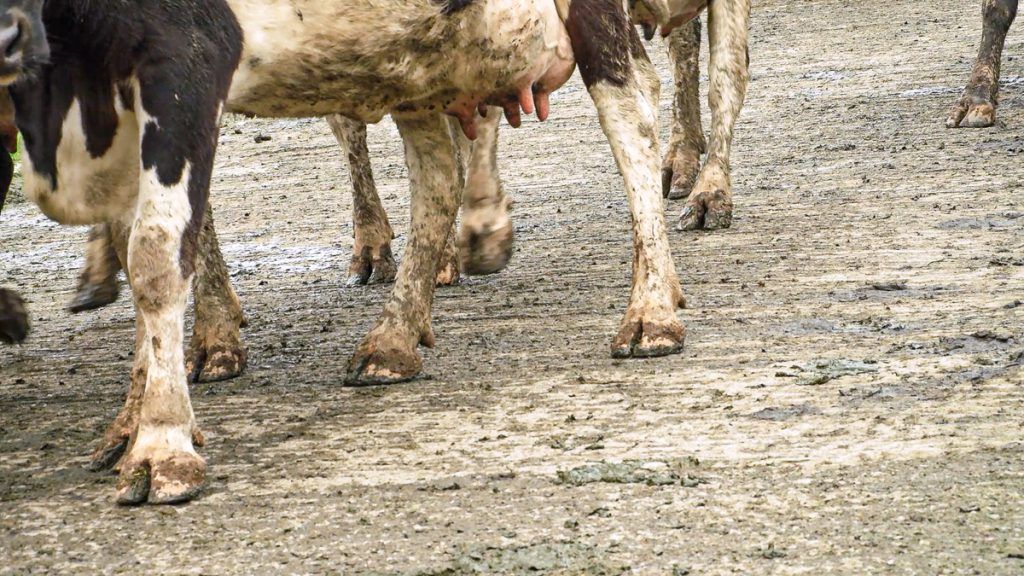
Herd assessments should be done when the cows are walking on level, unobstructed walkways that give the observer a clear view.
On many farms, locomotion scoring is frequently performed when the cows are leaving the milking parlour.
The key to locomotion scoring is knowing that a cow’s hind foot should land in the same place as her front foot; failure to do this may be an indication of a lameness issue.
Preventative measures
Once the main cause of the lameness has been identified you can then start to develop ways of preventing or reducing the number of clinical cases in the herd.
If mortellaro is the cause, then regular footbathing is advised to keep it under control. However, it must be noted that it is unlikely you will be able to completely eliminate it.
If the issues are more around bruising or white line disease then it is likely caused by poor-quality road surfaces, poor herding practices and overcrowded collecting yards.
Improving road surfaces will help to reduce cases and many farmers have seen the benefit of using AstroTurf on top of road surfaces.

Other preventative measures may include putting down rubber mats in areas around the parlour where cows have to turn on concrete.
You may also need to change some of your herding practices and allow cows to walk in and out of milking at a more leisurely pace.
Although you will find it extremely difficult to completly eliminate lameness cases from your herd, these improvements can greatly reduce the number of cases.
This will not only improve animal welfare, but also improve production and reduce the amount of work required/cow.
